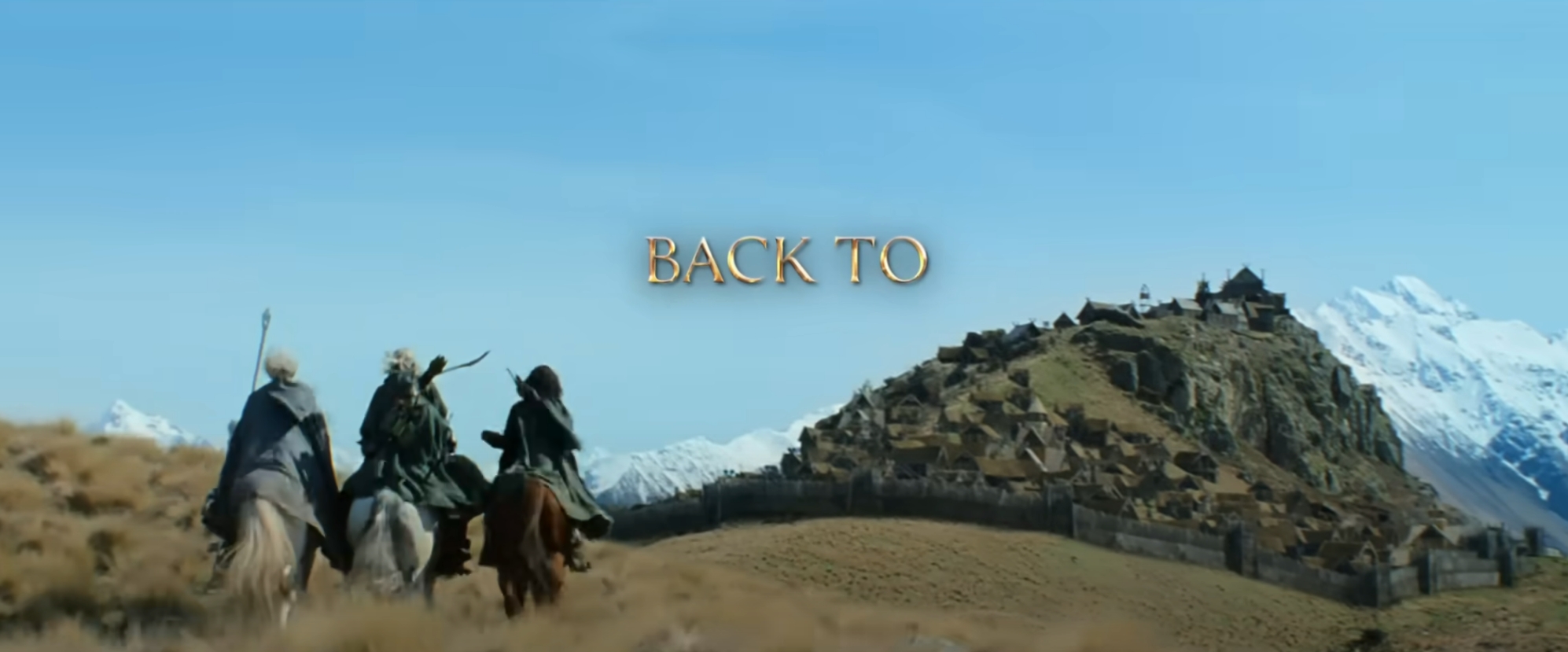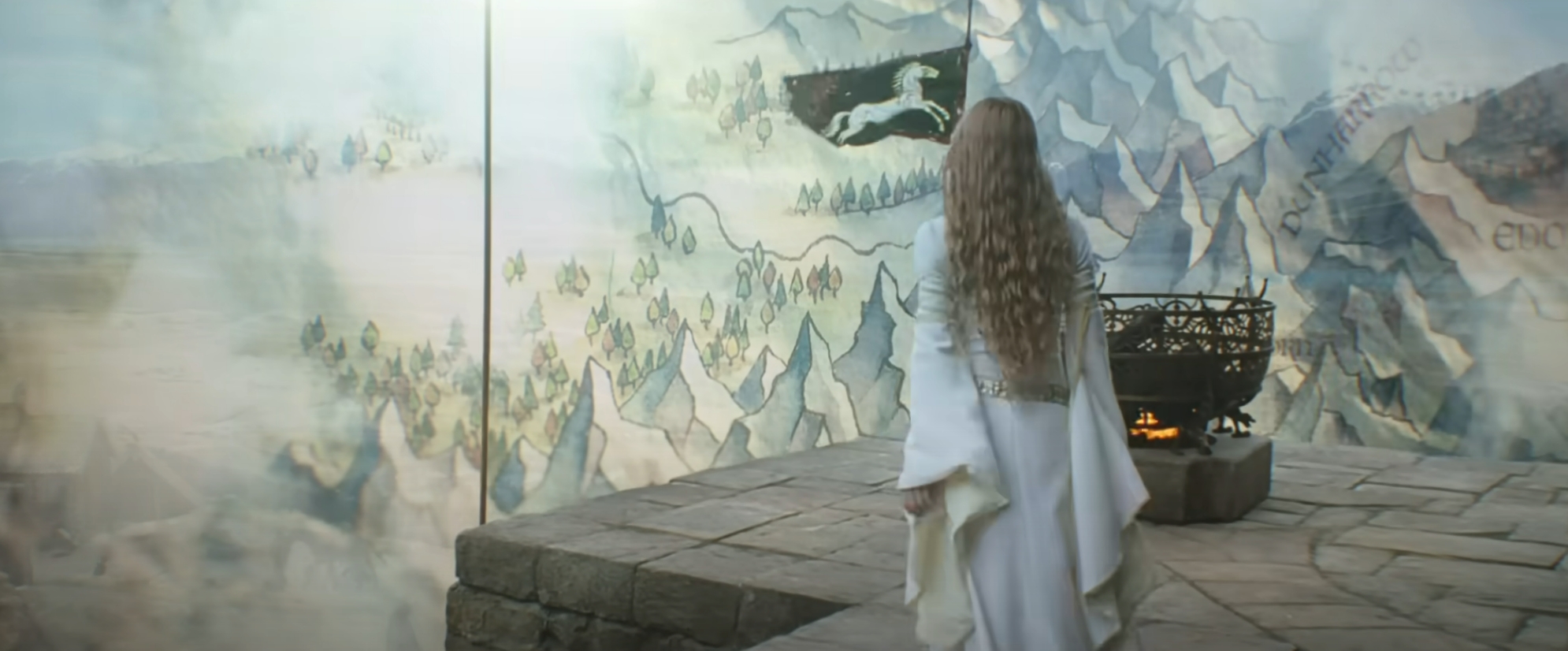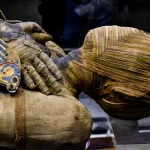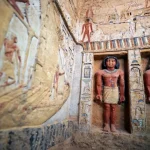The Lord of the Rings: The War of the Rohirrim (2024)

The Lord of the Rings: The War of the Rohirrim is an upcoming anime fantasy film directed by Kenji Kamiyama from a screenplay by the writing teams of Jeffrey Addiss and Will Matthews, and Phoebe Gittins and Arty Papageorgiou. It is based on the novel The Lord of the Rings by J. R. R. Tolkien. Produced by New Line Cinema, Warner Bros. Animation, and Sola Entertainment, the film stars Brian Cox, Gaia Wise, Luke Pasqualino, Miranda Otto, Laurence Ubong Williams, and Shaun Dooley. The War of the Rohirrim is set 183 years before Peter Jackson’s The Lord of the Rings film trilogy and tells the story of Helm Hammerhand (Cox), a legendary king of Rohan, and his family as they defend their kingdom against an army of Dunlendings.

Several story ideas were suggested for the first anime film based on Tolkien’s novels, but Boyens insisted that they focus on the kingdom of Rohan as she felt that culture was best suited for the medium and would be familiar to viewers of Jackson’s films. The War of the Rohirrim is set 183 years before those films and tells the story of Helm Hammerhand, a king of Rohan. Tolkien mentions his story in the appendices of The Lord of the Rings, specifically the “House of Eorl” section in Appendix A which details the history of Rohan’s rulers. The producers chose to tell this story because its setting earlier in the timeline avoids the villain Sauron and the influence of his One Ring, and because they felt the intensity of the conflict and the way it escalates made it the right choice for a film adaptation. Boyens said it allowed them to tell a tragic story about the “wreckage of war”, and examine ideas of honor, revenge, family, and resilience.

Jeffrey Addiss and Will Matthews were hired to write the initial screenplay. During the COVID-19 pandemic lockdowns, Boyens asked her daughter Phoebe Gittins and Gittins’s writing partner Arty Papageorgiou to re-write the script. Boyens referred to them as the “next generation” and felt it was important for new, young voices to join the franchise. The pair, who were working on another project at the time, were hesitant to join the film because of the reverence for the source material and previous films held by themselves and other fans. They were convinced to join based on the other people working on the project, including many who worked on Jackson’s films. This allowed them to focus on the storytelling and bringing the material closer to the styles of anime, Japanese cinema, and animation in general. Kamiyama had key details that he wanted to include that did not fit within the initial script, including how exactly to lay siege to a citadel. He worked with Gittins and Papageorgiou to put a focus on the darker, more claustrophobic, and horrific elements of the war rather than just large-scale battles. The fact that the Dunlendings who invade Rohan do so based on historical grievances was an element that particularly resonated with the director.
The inclusion of giant elephant-like mûmakil in concept art for the film led to concern from some fans that the film was inserting the armies of Harad into the story when Tolkien did not mention their involvement. Boyens acknowledged that the appendices do not explicitly mention forces from Harad in this story, but felt their involvement could be inferred since Tolkien mentions enemies of Gondor arriving to aid the Dunlendings and elsewhere in the appendices he includes Harad as one of the enemies of Gondor in this time period. The writers also interpreted Tolkien’s description of the Dunlending leader, Freca, as being wealthy enough to afford mercenaries from places like Harad as well as the Corsairs of Umbar, another enemy of Gondor. As development of the script progressed, the writers decided to introduce a narrator who would be telling the film’s story as part of an oral tradition. The character Éowyn from the main events of The Lord of the Rings was chosen. Boyens said having a familiar voice in the film helped the writers with their work. She added that the narration gives context for fans of the previous films who are unfamiliar with Tolkien’s wider Middle-earth history, and she felt that framing the story as an oral tradition was fitting because it was being constructed based on fragments and references in the source material.











